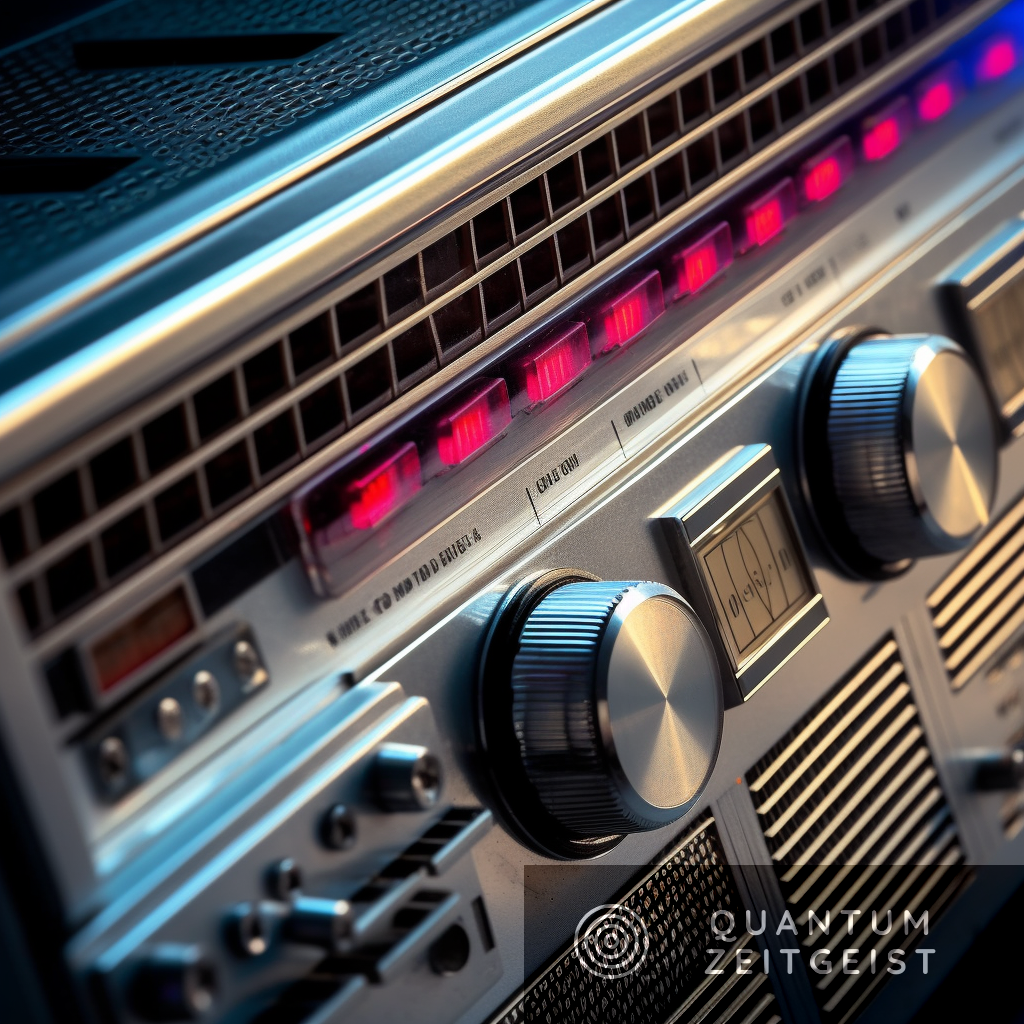Riverlane’s Deltaflow.Control team held a hackathon to create music using their pulse-generating control system, which controls qubits with radio pulses. The event aimed to improve the system’s documentation and usability. Quantum Control Engineer Mitch Peaks won the “best song” category. Deltaflow.Control simplifies the configuration and running of qubit control systems, allowing scientists to focus on research.
Quantum Computer Hackathon and Song Competition
A recent hackathon at the Deltaflow.Control team led to the world’s first (unofficial) QuantumVision Song Competition. The purpose of the hackathon was twofold: to use a pulse-generating control system to make music and to improve the usability of the control system. The Deltaflow.Control system controls qubits using radio pulses in the 10 to 450 MHz frequency range. During the hackathon, participants switched these control pulses to something more melodic, using self-composed and well-known songs to get the control system to “sing.”
The winner in the “best song” category went to Quantum Control Engineer Mitch Peaks, who used the Deltaflow.Control library to create his winning piece. The second purpose of the hackathon was to “eat our own dogfood,” meaning the team wanted to use their control system like their users would use it and come up with improvements to documentation, usability of libraries, and quality of examples.
Deltaflow.Control: High-Speed, High-Accuracy Qubit Control Solution
One of the most challenging requirements in scaling up a quantum computer is guaranteeing the precise alignment between multiple high-frequency outputs. The Deltaflow.Control team is focused on building usable tools that guarantee the deterministic behavior of the hardware controlling the qubits, which is an important step towards quantum error correction.
Most trapped-ion quantum architectures, for example, use pairs of laser beams to execute a quantum gate on a qubit. Each laser beam must be aligned with incredible accuracy – within a few microns, while stabilizing each beam’s power, position, and phase. The slightest deviation stops the quantum computer from working effectively. And when you scale up to the million-qubit range, then millions of lasers must be precisely tuned and aligned.
Deltaflow.Control Simplifies Qubit Control Systems
Deltaflow.Control abstracts and simplifies the configuration and running of a qubit control system, leaving scientists more time to focus on their research. To extend the music analogy further, while current qubit control systems are the equivalent of sending a WAV file, Deltaflow.Control is building a system that sends MIDI files. A WAV file is just a collection of sound samples at a given rate, but a MIDI is a file of directions to a player, telling it when and how to play a given note.
Using Deltaflow.Control, users define timing-deterministic sequences of operations for which the Control software stack will output the required low-level micro-instructions. Achieving this requires more than just mastery in crafting the hardware boards and FPGA logic; it also requires extremely smart mapping of the application program into low-level pulse sequences.
Deltaflow.Control’s Impact on Quantum Error Correction
Guaranteeing the deterministic behavior of the control hardware is the first step towards fault-tolerant execution. It affects the quality of the control sequences, the complexity of the interaction between the different moving parts (calibration, quantum error correction, operation scheduling, and more). It is probably the hardest feature to “post”-insert in a system and has ramifications for all aspects of hardware and software design.
The Deltaflow.Control team understood the importance of deterministic behavior and designed its solution to generate high accuracy, high-speed pulse sequences to control qubits. It has taken less than 12 months from a whiteboard sketch to a software stack that is robust and easy enough that people can even make very precise “music” out of it.
Deltaflow.Control’s Use in Leading Academic Labs and Quantum Hardware Companies
Deltaflow.Control is already being used today by some of the world’s leading academic labs, including the University of Wisconsin, Duke University, University of Oxford, and University of Innsbruck. Riverlane is also partnering with more than a third of the world’s quantum hardware companies, such as Infleqtion (formerly Cold Quanta), Qolab, Quera, Seeqc, Rigetti, and Universal Quantum.
If you work in a quantum lab and want to more effectively control your qubits, the Deltaflow.Control team encourages you to get in touch with them at team@riverlane.com. As demonstrated during the hackathon, you can also use it to make music. And if you think you’ve got an idea for next year’s QuantumVision Song Competition, just send a tweet with your suggestion using the handle @Riverlane_io.
“The Deltaflow.Control team are obsessed with building useable tools that guarantee the deterministic behaviour of the hardware controlling the qubits, which is an important step towards quantum error correction.”
Read More.

